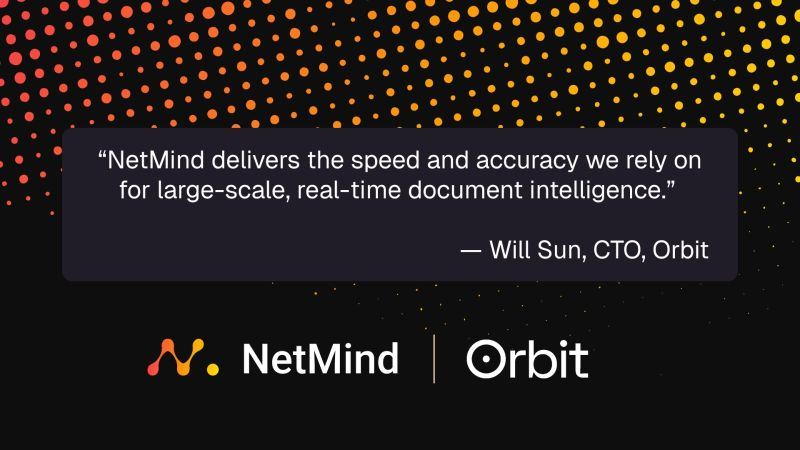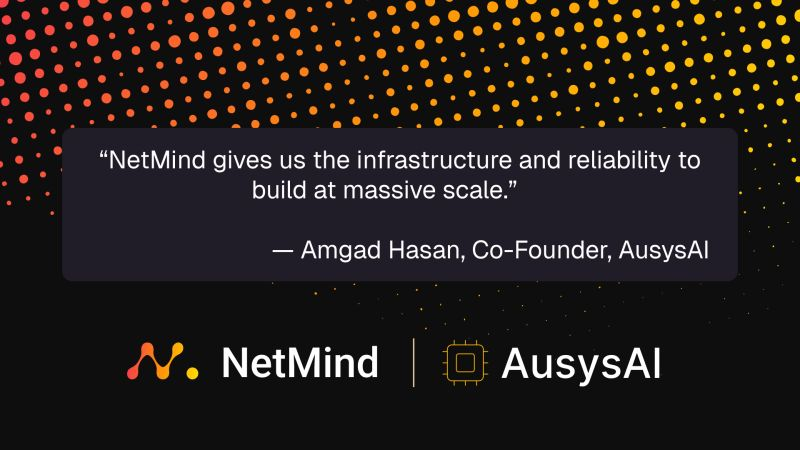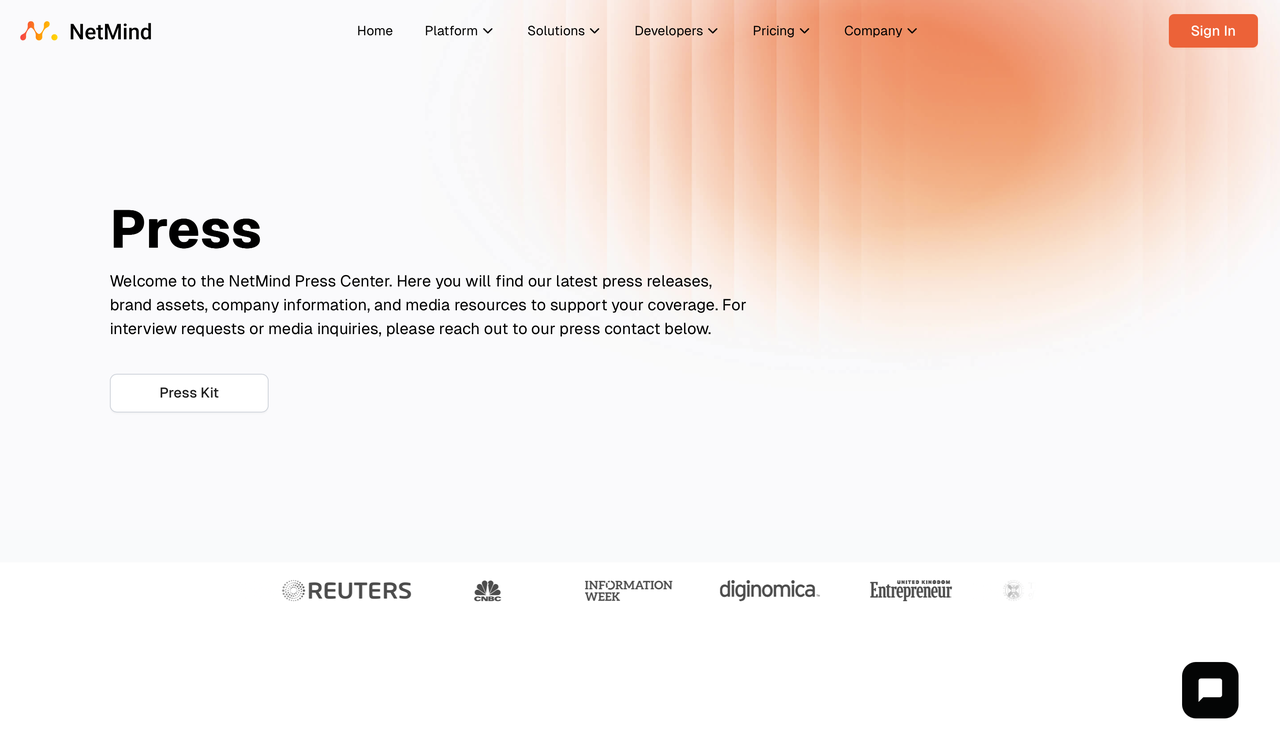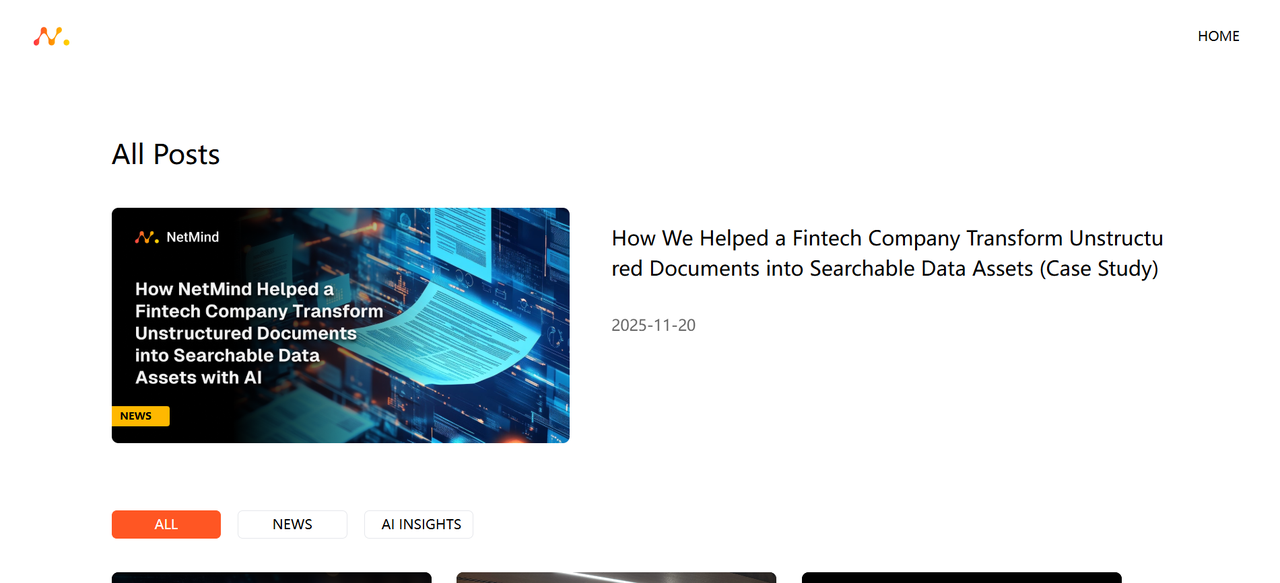
November was an exciting month for NetMind.AI as we expanded our community engagement, enhanced our platform capabilities, and gained recognition in the broader AI ecosystem.
NetMind.AI gained valuable industry exposure this month with a feature in InformationWeek discussing the Model Context Protocol (MCP) and its potential as a standard for connecting AI models to data sources and tools.
Our Product Lead, Xiangpeng Wan, contributed insights into the critical enterprise question: should companies build or buy their MCP servers?

The discussion highlighted the importance of strategic decisions in AI infrastructure and NetMind's position at the forefront of these conversations.
We're excited to announce the integration of Google's advanced AI models into the NetMind platform.
The additions underscore our commitment to providing diverse, high-performance model options that meet the varied needs of our community.
We were thrilled to co-host LLM London, bringing together developers, researchers, and AI enthusiasts to explore the latest developments in large language models. The event featured insightful discussions on building with LLMs, practical implementation challenges, and the future of AI applications.
Our Product Lead Xiangpeng Wan shared our achievements in one of the most valuable uses of AI: turning unstructured data into structured data, which then becomes critical for businesses to leverage.

If you missed the event, check out our full recap here.
The collaborative atmosphere fostered meaningful connections within the AI community, and we were inspired by the innovative projects and ideas shared by attendees.
Sharing our 2 new customer testnomials here!

“NetMind delivers the speed and accuracy we rely on for large-scale, real-time document intelligence.”
— Will Sun, CTO, Orbit

“NetMind gives us the infrastructure and reliability to build at massive scale.”
— Amgad Hasan, Co-Founder, AusysAI
Alongside the visual update, we published three in-depth case studies helping you understand how our services may boost real-world AI impact:
We also launched a comprehensive update to our Press, Solutions and Blog pages, featuring a more unified visual design that better reflects our brand and improves user experience. The refreshed design makes it easier for you to explore our AI solutions and discover insights from our latest content.


